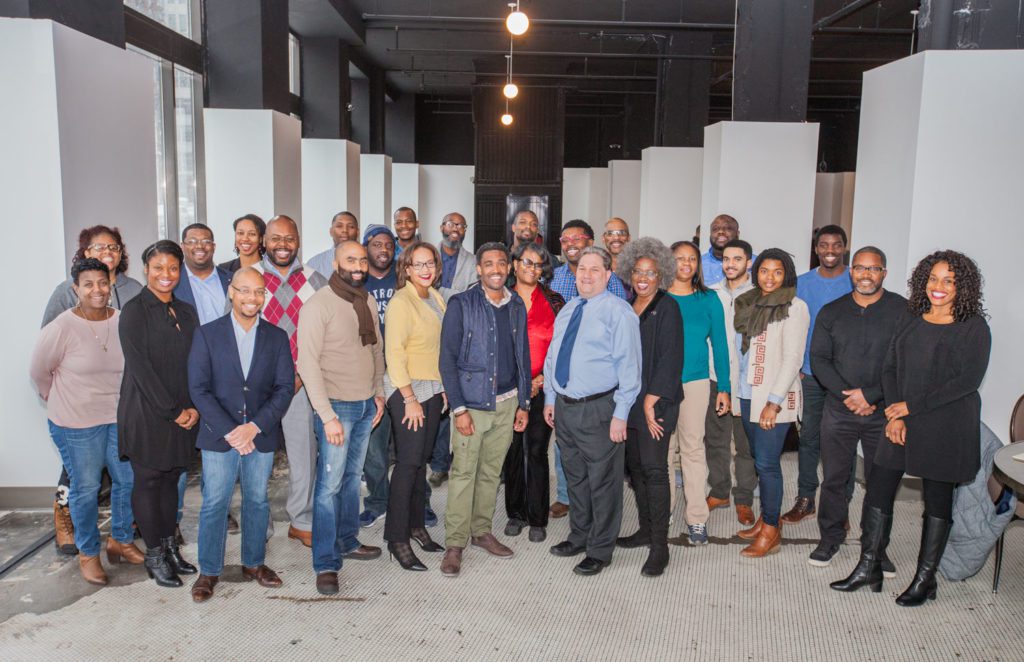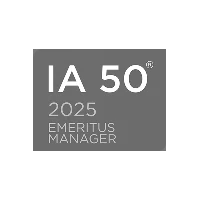A veteran of the Community Development Financial Institution (CDFI) sector, Scott Sporte has helped shape Capital Impact Partners’ lending priorities and has envisioned innovative pathways for supporting our communities. Scott recently transitioned from his role as Chief Lending Officer to a new role within Capital Impact, Chief Strategy & Innovation Officer.
In this interview, Scott discusses new focuses for CDFIs, outlines his vision for his role, and describes how championing equity and inclusion can transform the communities that Capital Impact serves.
Q: How did your new role – Chief Strategy & Innovation Officer – come about?
Scott: As Chief Lending Officer, I had a range of responsibilities in both lending and program development, which did not allow much time for thinking about long-term strategy. We wanted to create a tighter focus on innovative mechanisms for addressing issues impacting our communities – such as systemic poverty and structural racism – and this role creates the space to do that.
I am most passionate about imagining the possibilities for this organization, which has so many strengths, and this role is really an exciting opportunity for us. Now, we can take time to think about new and groundbreaking directions in which Capital Impact can create social change.
I know that we can be creative, and I know that we can put resources behind initiatives that will transform communities.
Q: What is your vision for how this role is going to support Capital Impact?
Scott: We will begin to take stronger positions about the values that are most important to us and to our communities. We will continue to put our money where our mouth is and invest in our communities in ways that do not have a traditional look and feel, where technical assistance and advocacy can be paired with lending work.
We have a huge opportunity in aging. We are thinking a lot about wealth building, in housing and in job opportunities for low-income folks. We have programs like the Equitable Development Initiative, supporting people of color to transform their communities. We have learned so much from our place-based focus in Detroit; we have developed some real expertise in moving into new places. We could support other organizations starting to do the same thing through consultation.
Q: Capital Impact is both a nonprofit and a lender, which is why we focus on social impact like economic mobility for our communities. How do you explain our work?
Scott: As a nonprofit, we do not have shareholders, so that lets us focus entirely on our mission and the outcomes that we want to achieve for our communities, where a for-profit organization is beholden to its shareholders, who often are not members of the communities they serve.
For-profits are profit maximizing, so their focus is not always in the best interest of the communities that they serve. Nonprofits, and particularly CDFIs, are created to serve their communities, providing critical services that their community members may not otherwise receive.
We – nonprofits – take a chance in places where the risk is perceived to be higher than we have often found it to be, where there is more of a perceived risk than a real risk. As a non-regulated financial institution, we have the flexibility to work in areas that regulated institutions cannot – or will not – and it lets us use the tool of financing to help build some important community institutions.
Q: How has our focus on innovation, equity, and inclusion evolved over time?
Scott: Innovation, equity, and inclusion have always been central to Capital Impact’s thinking; we have been able to create a culture of innovation here. I think our commitment to equity and inclusion were always assumed as basic tenets of our work, but now we are addressing them more directly.
Our borrowers are supporting large communities, particularly communities of color, so the issues of equity and inclusion are stark. As a result, we have moved into more place-based work, in Detroit, Washington, D.C., and throughout California to spread direct benefits to the residents of our communities.
Q: What do you see as the future of innovation at Capital Impact?
Scott: I think it is continuing along the lines of innovation that we have been following, but also picking one or two things that we really want to go deep into and creating a flagship initiative for the next few years. We really want to get a good sense for what services are missing in our communities and integrate them into our portfolio.
If we always define ourselves as a lending organization, we will always be a lending organization. However, if we define ourselves as a social justice organization, we are going to think of ways that we can make different tools – including lending – to support the communities we serve.
Q: You have worked in the CDFI sector for 25 years. How has the CDFI sector changed in that time?
Scott: Yes, I heard about South Shore Bank in Chicago while finishing divinity school and started working for one of their nonprofit affiliates in the Upper Peninsula of Michigan in 1993. I started working at Capital Impact five years later as a health care loan officer and moved up from there.
The sector has changed significantly. In the beginning, it was a group of community development loan funds, a tight connection between social activists – often religious groups – who would invest in these loan funds for community development. It all happened on a fairly small scale comparatively; we are talking about hundreds of thousands of dollars per organization, rather than hundreds of millions.
I think the things that have been notable along the way have been the creation of the CDFI Fund, which has brought the creation of the CDFI designation as well as grant funding and support to CDFIs, and the creation of New Market Tax Credits.
We have gone from what really were very small community-focused organizations to institutions that have grown in their sophistication. CDFIs have become more strategic about how they structure their balance sheets and where they are accessing debt and equity, not only from the CDFI Fund, but also from philanthropy, impact investors, and banks.
Q: What are some of the themes that you think are going to be impacting CDFIs generally over the next several years?
Scott: We are going to have to keep an eye on funding. We have been very fortunate with the CDFI Fund being funded at a new high level, but who knows what could happen in this environment, especially with cash cuts competing with spending.
Additionally, there is an emphasis on coverage in parts of the country that do not have a lot of CDFI presence. That means the South and the Southeast. It means the central plains states, Native American country, a lot of the border territories, places that have just not been well served by CDFIs. I think that something that all CDFIs are going to have to pay attention to.
We know that this country has a huge wealth gap that has continued to grow, specifically considering astounding statistics on the percentage of people in the United States who have a hard time scraping up more than $500 for any emergency situation.
The areas that I mentioned are particularly underserved and just not getting any traction at all. We need to pay attention to the growing tensions in communities of color and ways that we can help build wealth for those who do not have economic mobility. I think we can help influence capacity and be in places where others are not at present.








